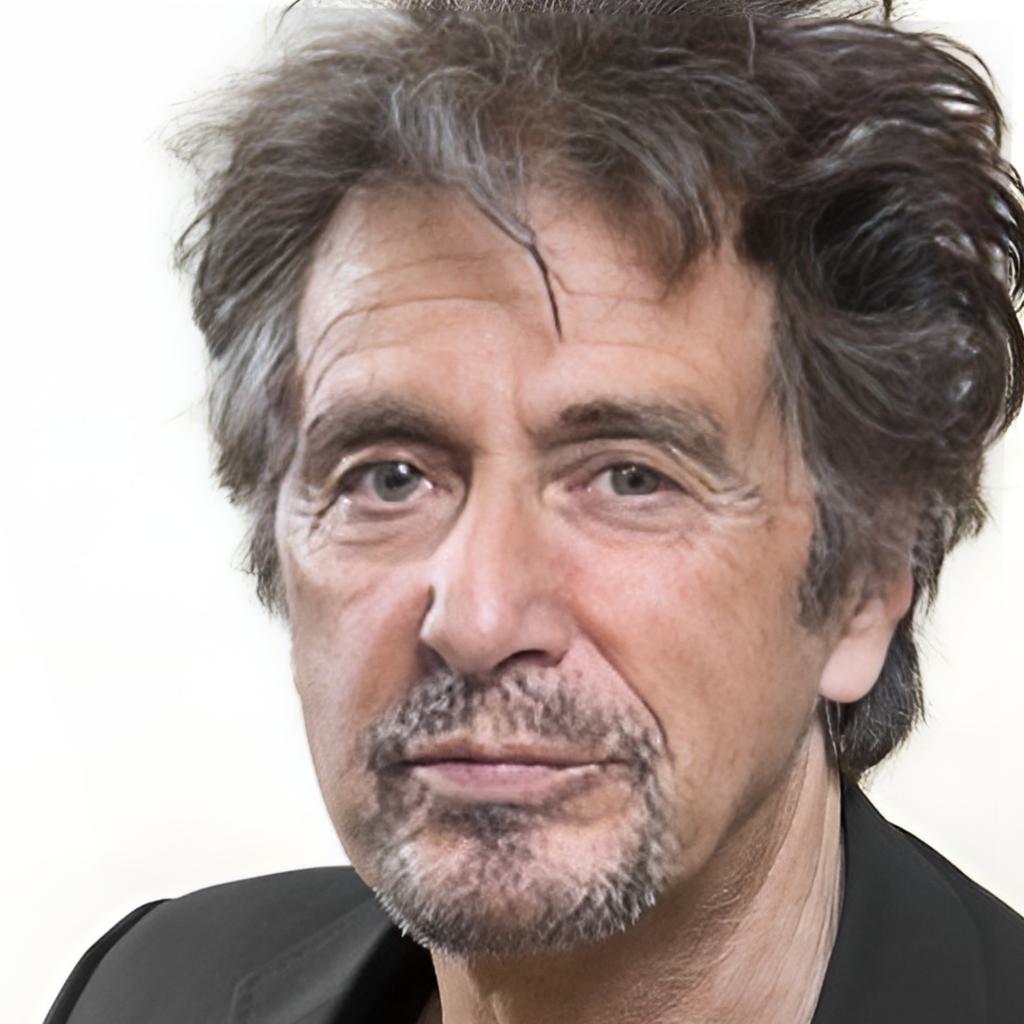We thank Noah Frahm for reviewing early drafts and suggesting helpful improvements. We thank Yiran Xu for thoughtful discussions and feedback during the course of this research. This research was partially funded by Lenovo Research (Morrisville, NC). We are grateful to the members of the Mobile Technology Innovations Lab for their support and assistance.





















